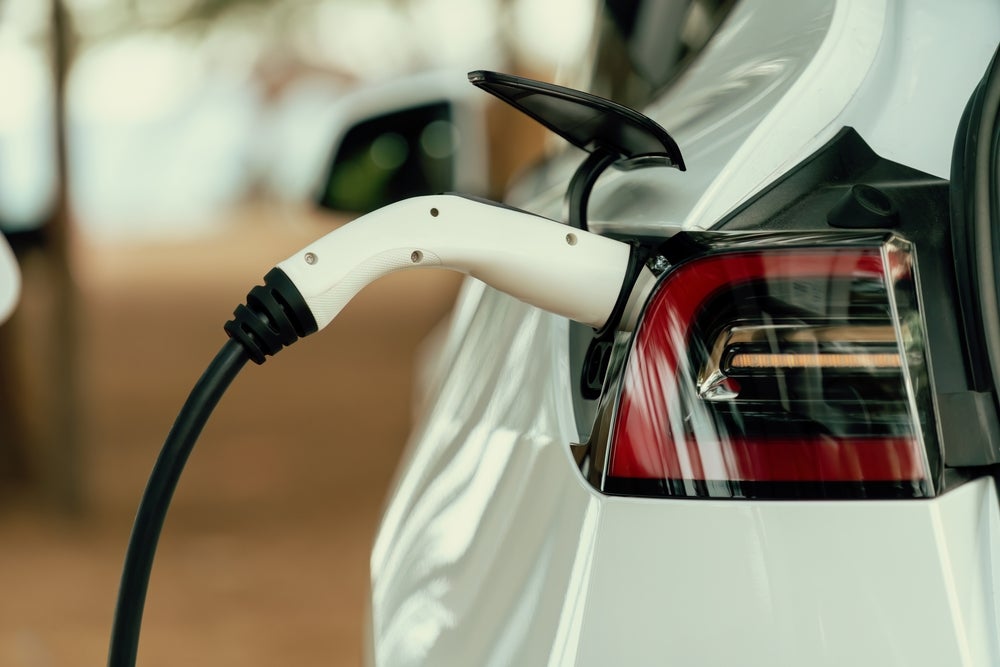As the electric vehicle (EV) market gains momentum, it finds itself in the midst of an unexpected storm. Tesla’s charging network, once considered a gold standard, now faces significant challenges as it navigates this turbulent landscape. With competitors like ChargePoint Holdings and EVgo vying for market share, Tesla (NASDAQ:TSLA) must adapt and innovate to maintain its leading position. This article delves into the dynamics impacting Tesla and its rivals, exploring both the hurdles and the opportunities that lie ahead.
The Current State of the EV Market
The electric vehicle market has seen exponential growth over the past decade, fueled by increasing environmental awareness, government incentives, and advancements in battery technology. As of 2023, global EV sales are projected to reach over 10 million units, a significant leap from previous years. However, this rapid growth has not come without its challenges.
Supply chain disruptions, fluctuating raw material costs, and a global semiconductor shortage have led to production delays and increased prices for both manufacturers and consumers. In parallel, the demand for charging infrastructure has surged, putting immense pressure on existing networks. As a result, Tesla’s charging network, while expansive, is now facing intense scrutiny and competition.
Challenges for Tesla’s Charging Network
Tesla’s Supercharger network has been a cornerstone of its success, providing a reliable and fast charging solution for Tesla owners. However, several challenges threaten its dominance:
- Increased Competition: New players like ChargePoint and EVgo are rapidly expanding their networks, offering flexible charging solutions that cater to diverse consumer needs. This intensifies competition and may force Tesla to rethink its strategy.
- Infrastructure Investment: To keep pace with demand, significant investments in charging infrastructure are necessary. Tesla must allocate resources effectively while balancing its vehicle production targets.
- Interoperability Issues: As the EV market diversifies, the need for charging stations that work across different brands becomes paramount. Tesla’s proprietary charging technology may alienate potential customers who drive non-Tesla vehicles.
- Regulatory Hurdles: Local and federal regulations regarding charging station installations can slow down expansion efforts. Navigating these regulations requires strategic planning and collaboration with government bodies.
The Competitive Landscape: ChargePoint and EVgo
ChargePoint Holdings (NYSE:CHPT) and EVgo (NASDAQ:EVGO) are two notable competitors emerging in the charging infrastructure space. Their strategies and offerings present unique challenges for Tesla.
ChargePoint Holdings
ChargePoint has established one of the largest networks of independently owned charging stations, with over 60,000 charging points across North America and Europe. Its business model focuses on partnerships with commercial and residential properties, allowing for widespread accessibility. Key factors contributing to ChargePoint’s success include:
- Flexible Charging Solutions: ChargePoint offers a range of charging options, from home chargers to public charging stations, catering to different consumer needs.
- Subscription Model: Their membership and subscription services provide users with discounted charging rates, enhancing customer loyalty.
- Interoperability: ChargePoint’s stations are compatible with various EV brands, making it a versatile choice for consumers.
EVgo
EVgo, on the other hand, focuses on fast charging solutions, positioning itself as a leader in public charging infrastructure. With over 1,000 fast charging locations in the U.S., EVgo’s strategy includes:
- Partnerships with Major Retailers: By installing charging stations at popular retail locations, EVgo enhances convenience for EV drivers.
- Commitment to Renewable Energy: EVgo sources 100% renewable energy for its charging stations, appealing to environmentally conscious consumers.
- Rapid Expansion: The company is actively expanding its network to meet growing demand, focusing on urban areas and high-traffic locations.
Opportunities for Tesla
While Tesla faces significant challenges, there are ample opportunities for the company to strengthen its position in the EV market. Here are a few strategic moves Tesla could consider:
- Expanding Supercharger Access: Opening Tesla’s Supercharger network to non-Tesla vehicles could significantly increase utilization rates and revenue streams, positioning Tesla as a leader in charging infrastructure.
- Innovating Charging Technology: Investing in faster charging solutions and battery technology could enhance the appeal of Tesla vehicles, as consumers prioritize convenience and efficiency.
- Collaborating with Other Manufacturers: Forming partnerships with other automakers could facilitate the development of a universal charging standard, benefiting all players in the EV space.
- Enhancing User Experience: Leveraging technology to improve the user experience at charging stations, such as real-time availability updates and mobile payment options, can attract more customers.
The Future of Tesla’s Charging Network
As Tesla navigates the stormy waters of the EV market, its charging network remains a crucial component of its overall strategy. The company needs to adapt to an evolving landscape while maintaining its commitment to sustainability and innovation. By addressing competition, investing in infrastructure, and enhancing the user experience, Tesla can continue to thrive in the face of adversity.
In conclusion, while the electric vehicle market presents challenges, it also offers vast opportunities for growth and transformation. Tesla’s ability to innovate and respond to market dynamics will be pivotal in determining its future success. As the landscape evolves, consumers can expect to see a more interconnected and versatile charging infrastructure, paving the way for broader EV adoption.
Ultimately, the journey towards an electrified future is filled with both obstacles and possibilities. As Tesla leads the charge, it will undoubtedly shape the future of transportation, setting the stage for a greener, more sustainable world.
See more Business Focus Insider Team

